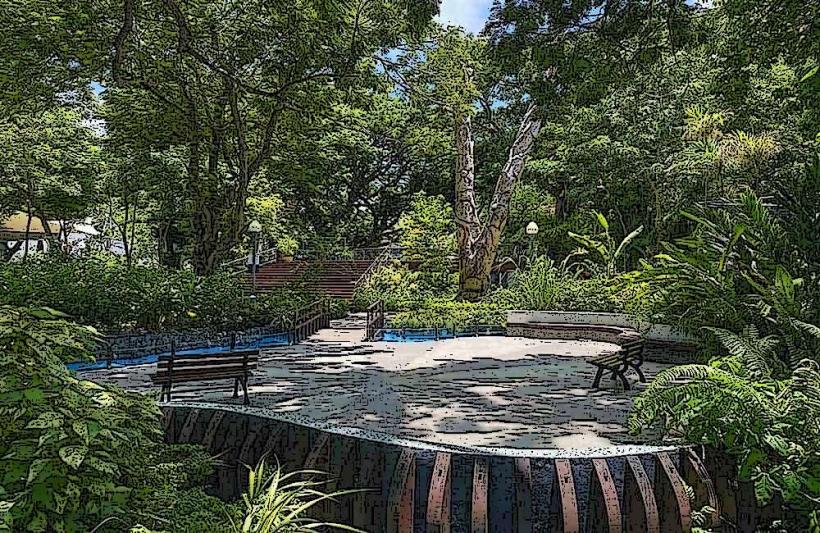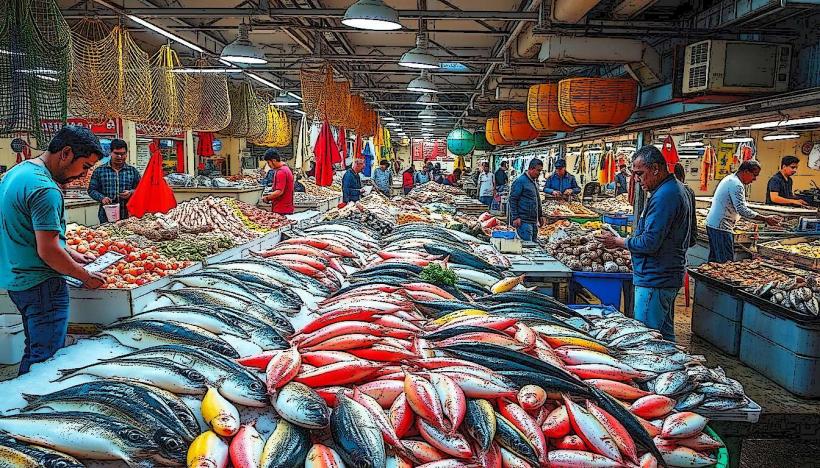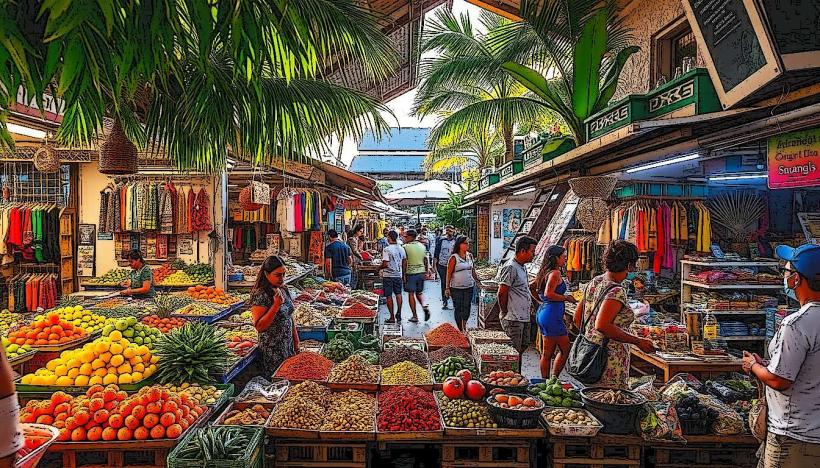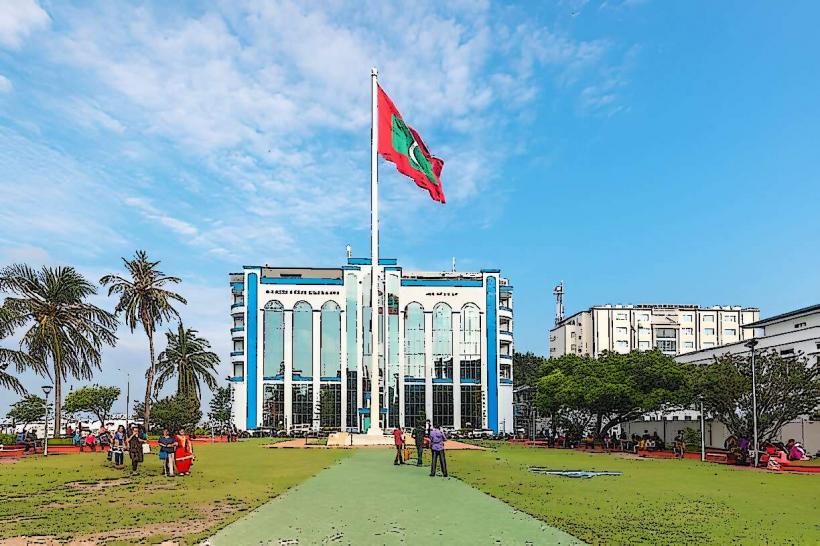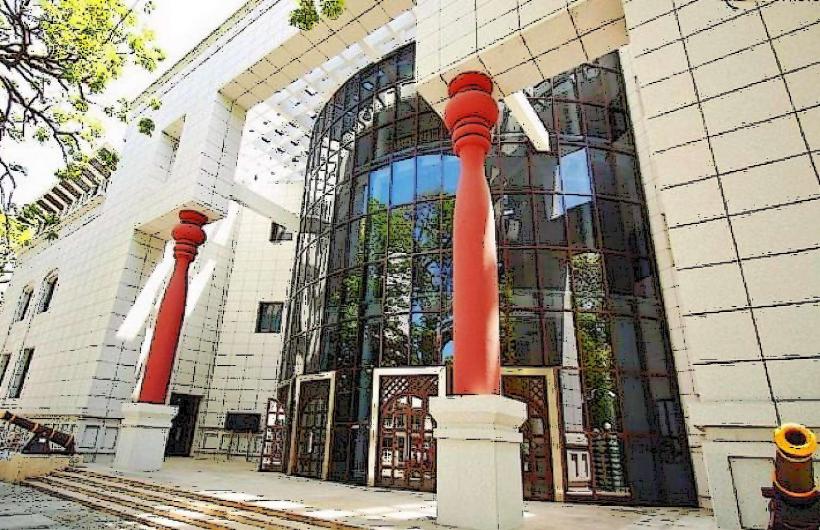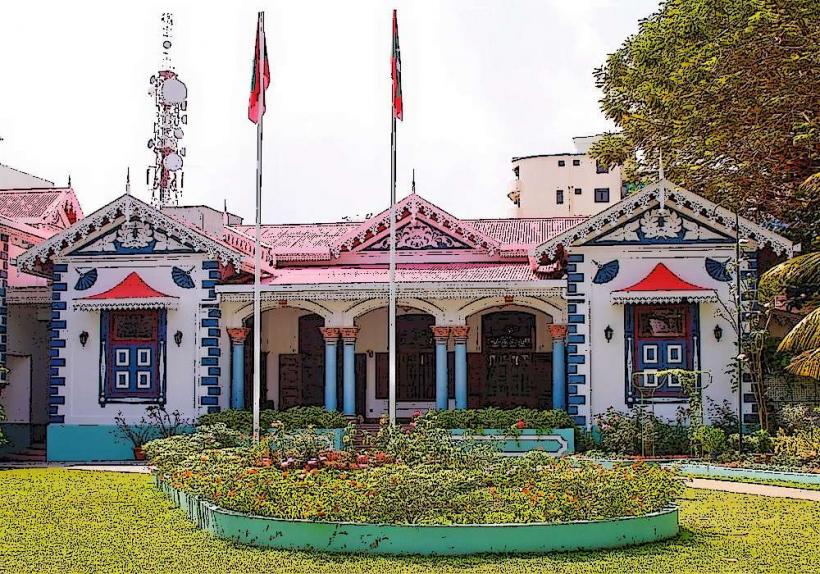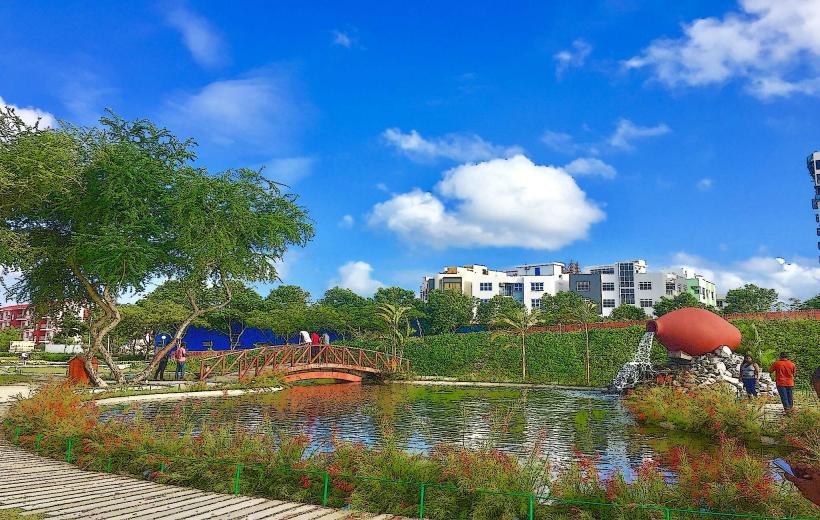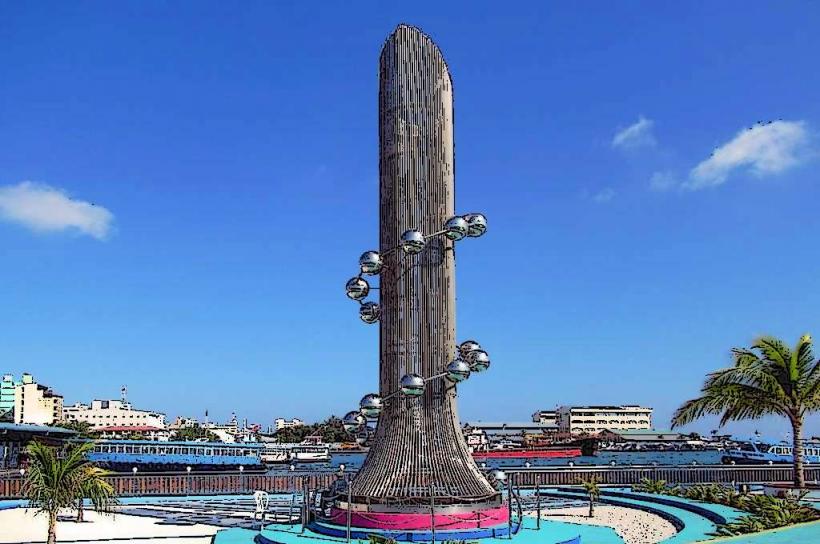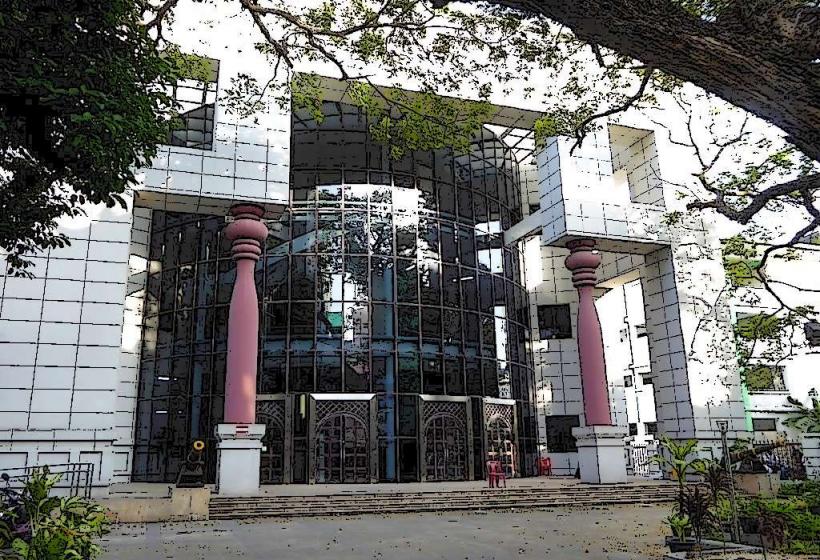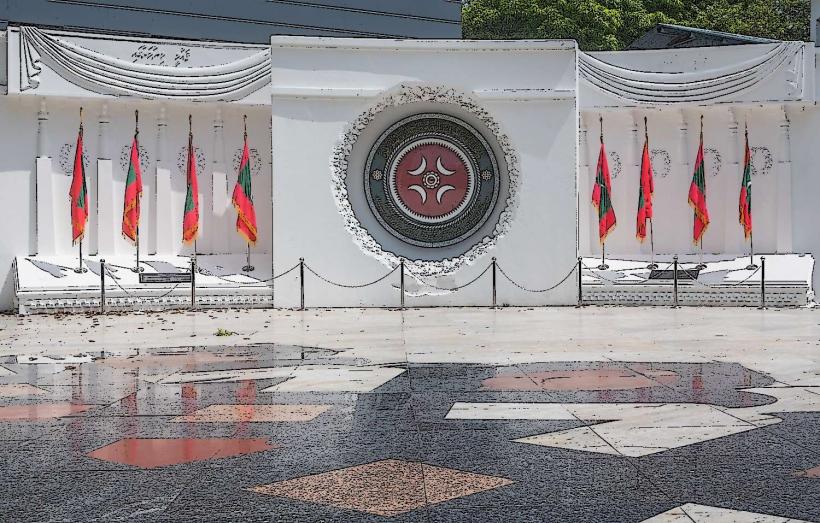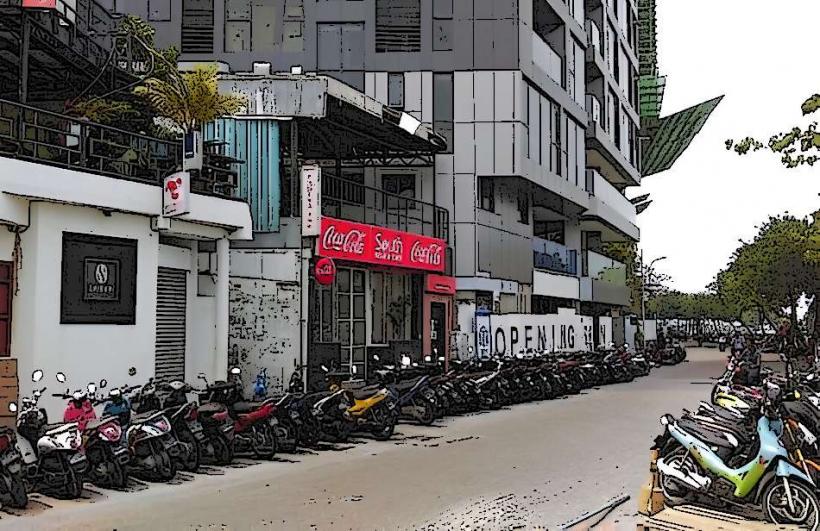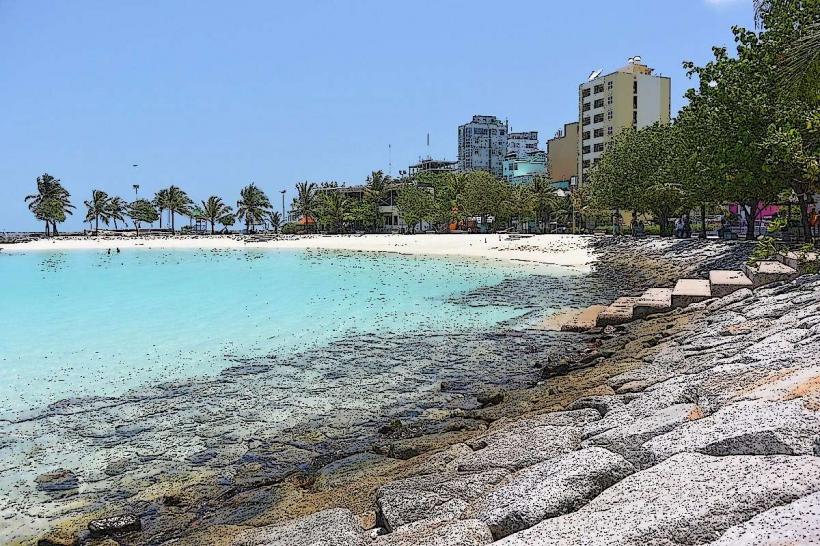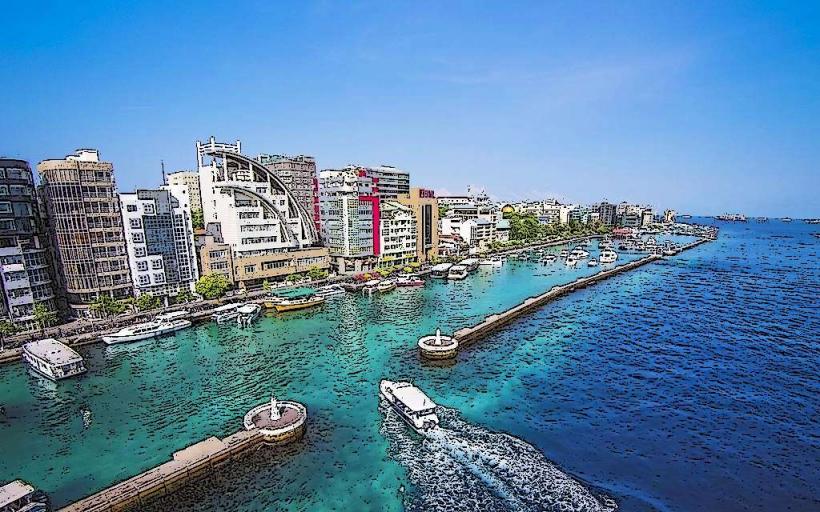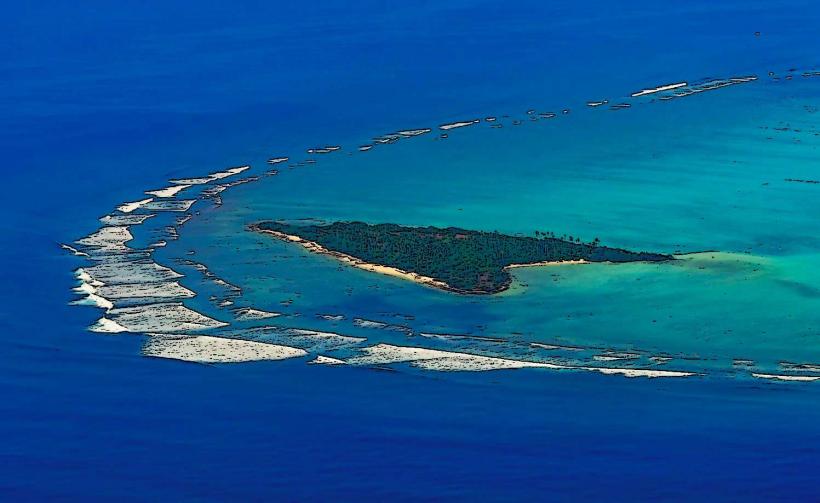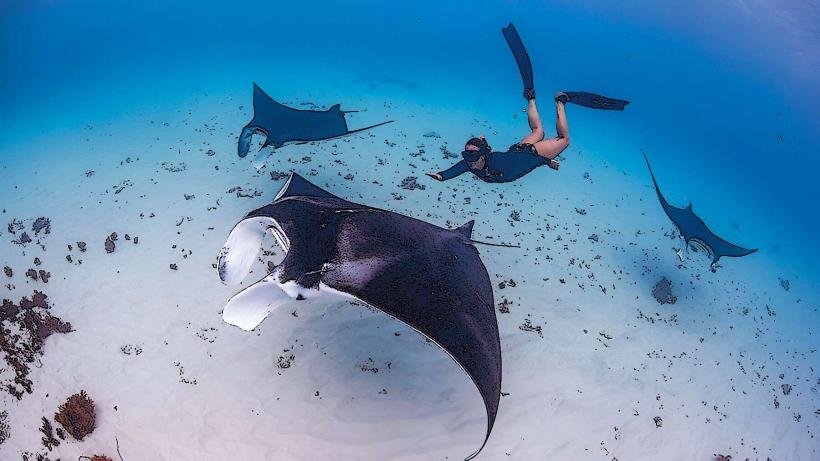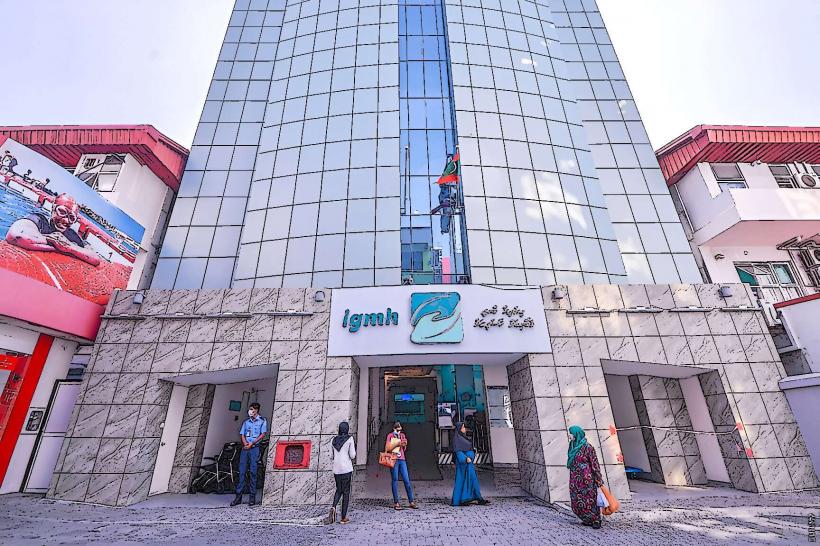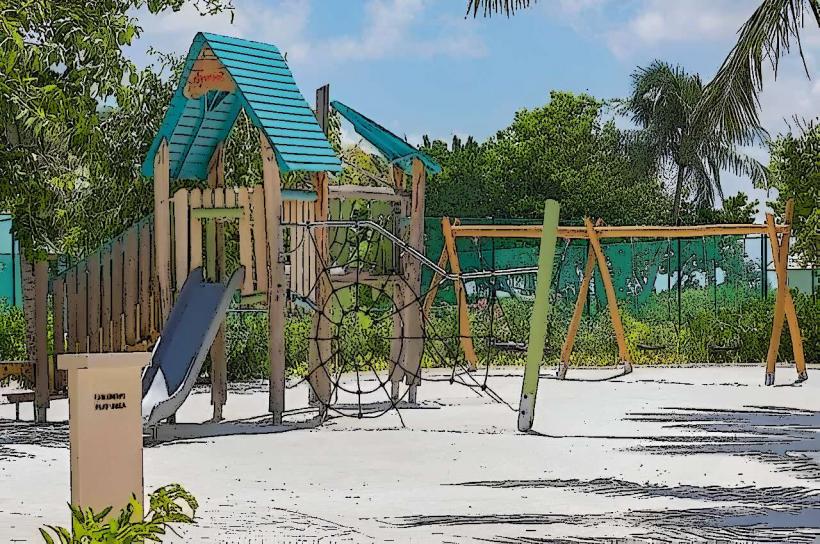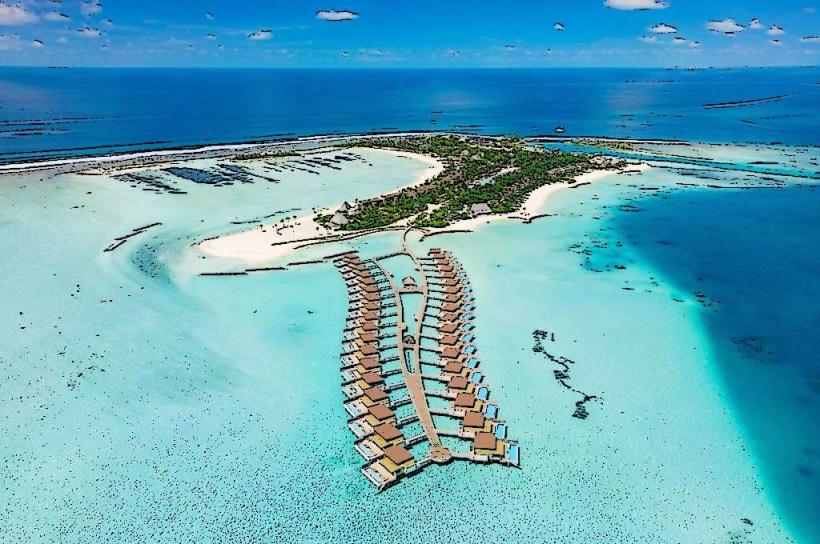Information
Landmark: Hukuru Miskiy (Old Friday Mosque)City: Male
Country: Maldives
Continent: Asia
The Hukuru Miskiy, also known as the Old Friday Mosque, is located in Malé, the capital of the Maldives. This historic mosque, dating back to the 17th century, is one of the most important and oldest Islamic structures in the country.
Here are some detailed aspects of the Hukuru Miskiy:
1. History and Significance:
- The Hukuru Miskiy was constructed in 1656 during the reign of Sultan Ibrahim Iskandhar, one of the Maldivian monarchs. It is the oldest mosque in Malé and continues to serve as an active place of worship today.
- The mosque was built using coral stones, a material that is abundant in the Maldives, and its design reflects the influence of Islamic architecture.
- The mosque was originally built on the site of an earlier mosque and is considered an architectural and cultural symbol of the Maldives’ Islamic heritage.
2. Architecture:
- Coral Stone Construction: The mosque is made from finely cut coral stone, a characteristic material used in many Maldivian buildings. These coral stones were sourced locally, and their use adds to the mosque's distinct appearance.
- Intricate Carvings and Calligraphy: The exterior and interior walls of the mosque are adorned with beautiful carvings and Islamic calligraphy, some of which were created by local artisans. Many of these carvings depict Quranic verses, floral motifs, and geometric patterns typical of Islamic art.
- Roof and Dome: The mosque has a simple, yet impressive, roof. It is not particularly tall, but it is made of timber and covered in palm leaves. The dome is smaller in comparison to other mosques but remains a prominent feature of the building.
- Minaret: The mosque also features a minaret, though it is smaller than the traditional towering minarets found in many mosques. It serves to call the faithful to prayer.
3. Interior:
- The interior of the Hukuru Miskiy is relatively simple, in line with traditional Islamic architecture which emphasizes modesty. It has beautiful wooden pillars that support the roof and the main prayer hall.
- The mihrab (prayer niche) is one of the key features of the interior, indicating the direction of Mecca. This area is elaborately decorated with Quranic verses and is where the Imam leads the prayers.
- There are also large wooden screens and finely crafted wooden doors within the mosque.
4. The Cemetery:
- Attached to the mosque is a cemetery where several notable figures, including some sultans, have been buried. The gravestones are also made from coral stones and are inscribed with names and dates, some of which are very old.
- The graves are an important feature of the mosque's historical significance, as it is considered the final resting place of important leaders and dignitaries of the Maldives.
5. Cultural and Religious Importance:
- The Hukuru Miskiy is more than just a historical monument; it is a center for religious activities, serving as a place for daily prayers, religious gatherings, and special occasions such as Friday prayers (Jumu'ah).
- The mosque is a symbol of the country's conversion to Islam, which took place in the 12th century, and it remains a central site for the Maldivian Muslim community.
6. UNESCO Recognition:
- Although the mosque itself is not directly listed as a UNESCO World Heritage site, it is part of the Maldives' rich architectural heritage, and there have been discussions about its inclusion in the broader heritage protection efforts due to its historical significance.
7. Tourist Attraction:
- While Hukuru Miskiy remains an active mosque, it is also open to tourists. Visitors are asked to respect the mosque's religious and cultural significance, including dress codes, when entering.
- The mosque is located in the heart of Malé, making it easily accessible to those interested in the history and culture of the Maldives.
8. Conservation Efforts:
- Over the years, the mosque has undergone several conservation efforts to preserve its unique coral stone architecture and intricate carvings. This includes measures to protect the structure from the effects of weathering and the corrosive impact of the sea.
In summary, the Hukuru Miskiy is a remarkable example of Maldivian Islamic architecture, with a rich history, cultural importance, and beautiful craftsmanship. Its enduring presence in the heart of Malé continues to be a testament to the Maldives’ heritage and Islamic traditions.

